#female fashion
Text
“. . . [W]hatever sartorial devices men have put on to bolster their body image—codpieces, elevated shoes, padded shoulders, a boxy jacket—these did not constrict or cause pain. The truth is, men have barely tampered with their bodies at all, historically, to make themselves more appealing to women. The development of biceps and pectorals is an honorable byproduct of hard physical labor and an aid to competitive feats of sport and strength. Musclebound body builders, the man in the elevated shoe or the baldy who wears a toupee have been grist for the jokester's mill, under the masculine theory that real men do not trick themselves out to be pleasing. (They have better ways to prove their worth.) A woman, on the other hand, is expected to depend on tricks and suffering to prove her feminine nature, for beauty, as men have defined it for women, is an end in itself.”
-Susan Brownmiller, Femininity
543 notes
·
View notes
Text
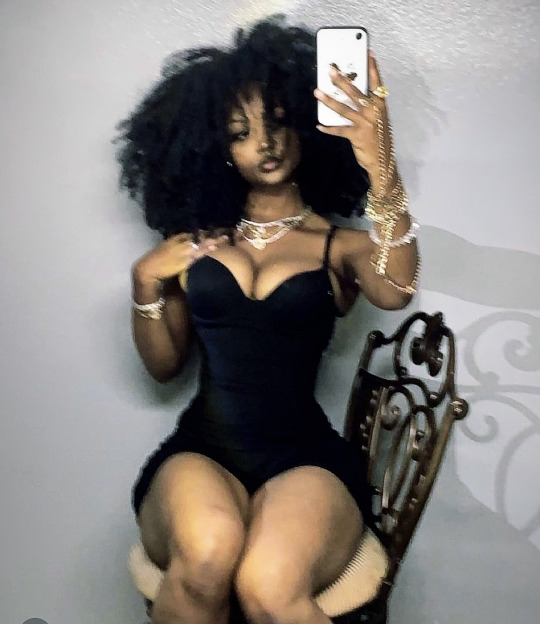
LIVING REDLY 🦅
#red papers#redpapers#redlylivin#livin redly#red rolling papers#rolling papers#stormingroom#black hair#black girls are beautiful#blackgirlmagic#black woman beauty#black women#black tumblr#black fashion#black beauty#female fashion#fashion#jewerly#jewelry#jewellery
761 notes
·
View notes
Text


Huevember - 1000 Years of Female Western Fashion PDF is now on my Ko-fi page!
I like learning about history and fashion and I like drawing.
This project has 30 drawings depicting 30 distinctive eras of Western Female Fashion of the last 1000 years. It also includes a big printable poster (you can print it at whichever size you want)!!
>>> GET IT HERE <;<<
#huevember#free zine#female fashion#storyboard pro#original art#i am the funniest kind of survivalist because i am doing all these pdf because i do believe digital format is gonna go down#if i get at least 50 usd i will do the male fashion one
45 notes
·
View notes
Text
I hate women's jeans:
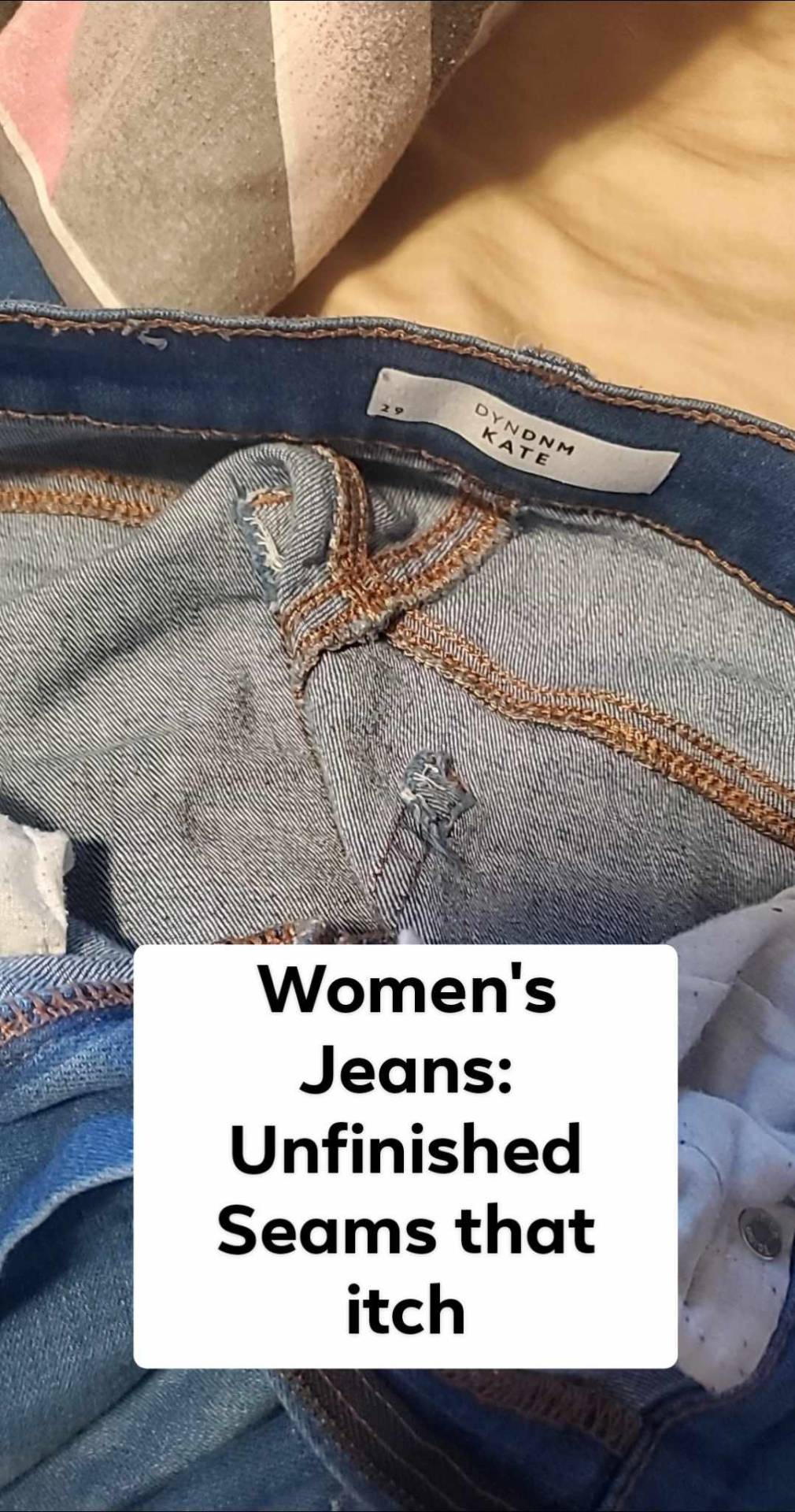

I accidentally put on a pair of my bf's jeans and they were so comfy he let me keep them lmao. Idk if I will ever buy another pair of women's jeans again.
87 notes
·
View notes
Text
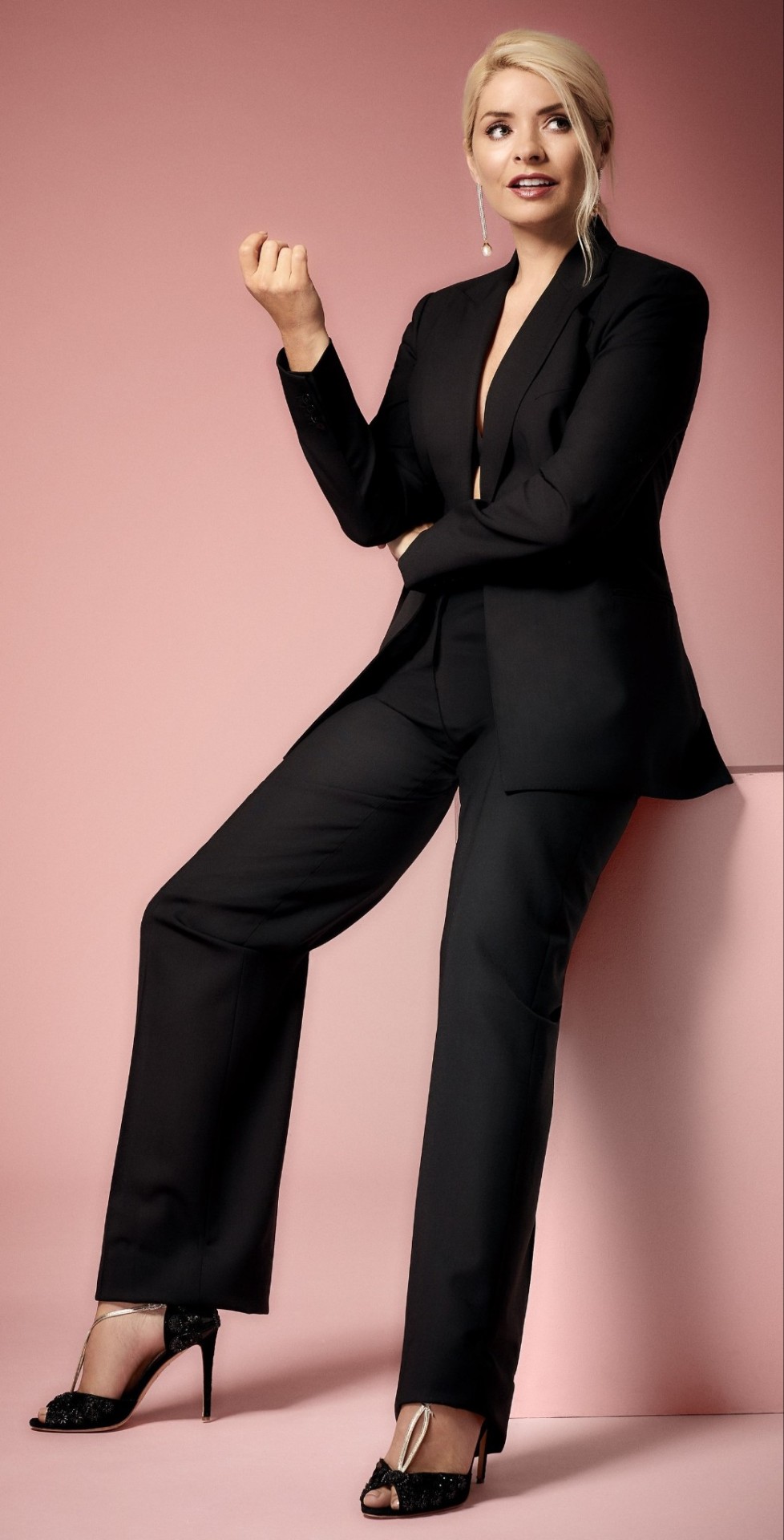
#holly willoughby#high heels#trouser suit#female fashion#celebrities#gorgeous blonde#perfect figure#stunning beauty#power suit
43 notes
·
View notes
Text




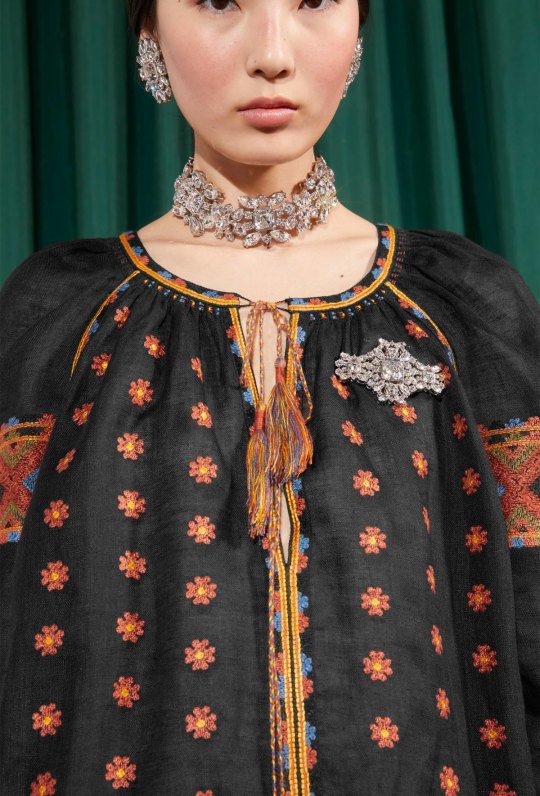
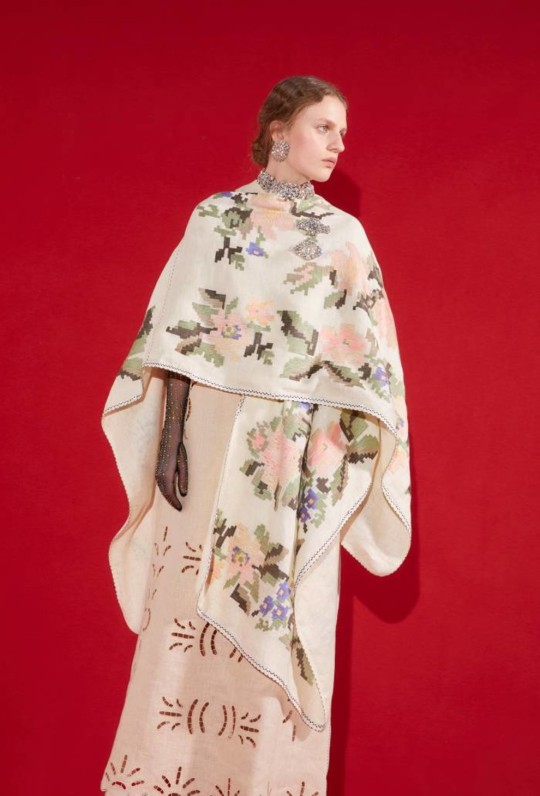

Vita Kin's collection for Gucci Vault.
#female fashion#ukrainian brand#ukrainian fashion#vyshyvanka#dress#embroidery#vita kin#gucci#gucci vault#укртамблер
161 notes
·
View notes
Text
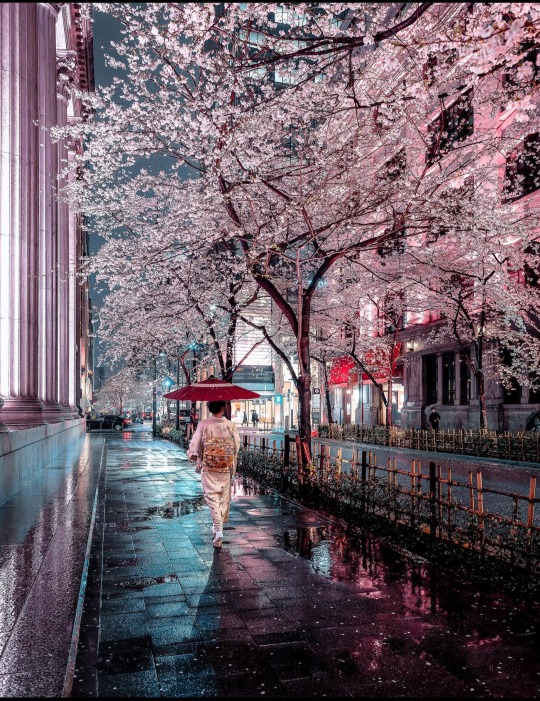
#tokyo#japan#amazing photography#fashion model#female fashion#womens fashion#artwork#photography#night photography#tokyo japan#blossoms#dope
39 notes
·
View notes
Text

Alexina Graham modelling for Victoria's Secret
#alexina graham#victoria's secret#demi bra#fashion model#female fashion#lingerie#dessous#red haired girl#over the shoulder#natural beauty#that look#vs angel#vs model#red head
17 notes
·
View notes
Photo

sexy brunette cutie
36 notes
·
View notes
Text
“As far back as the Bible and the writings of the early Christians, women were denounced as prideful and whorish for indulging in the extravagance of fashion. Entire he-man industries—baleen whaling, fur trapping and the like—were built on a woman’s need to look feminine and appealing, and yet when the fashion peaked or the supply was exhausted, the conceit of womanhood was blamed. Women were blamed for the annihilation of whales to make stays for their corsets, women were blamed for the near- extinction of egrets to put feathers in their hats. Women were blamed for the miserable conditions of the Belgian lacemakers and the Japanese silkworm workers, and women are blamed today for the murder of baby seals and rare leopards. Yet the point of it all was usually to please a man, for it accrued to his success that his woman was arrayed in such majestic finery.”
-Susan Brownmiller, Femininity
61 notes
·
View notes
Text
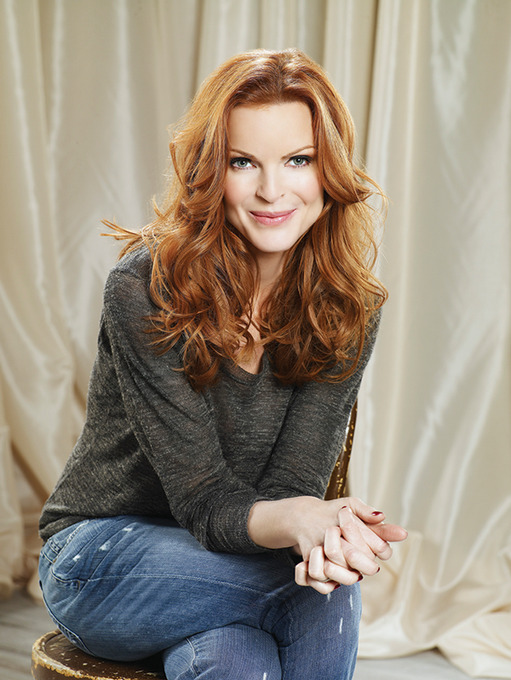
MARCIA CROSS
#marcia cross#celebrity#icons#actress#fashionstyle#fashion model#model#beautiful woman#female fashion
64 notes
·
View notes
Text
Me at a charity event

I won't say which cus I don't want ppl to think this blog is associated with them. It's for their own good; I'm a psycho online.
#female fashion#selfie#black tie#kimspiration#kim wexler cosplay is just “business casual”/formal wear
11 notes
·
View notes
Text

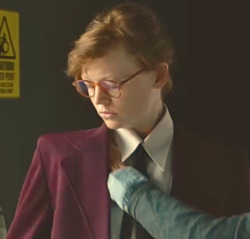
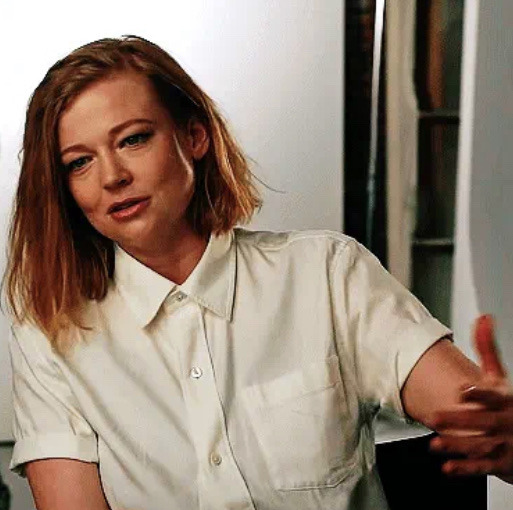
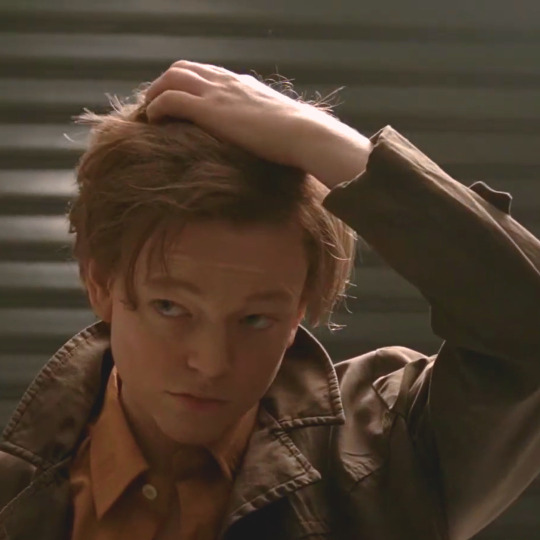
This is peak female fashion btw
#one peak among many ofc#gotta represent a variety of cultures#but I have to say#women of the world pop that collar#sarah snook#fashion#female fashion#women’s fashion#women’s wear
4 notes
·
View notes
Text

#gotham#gotham city#female fashion#fashion model#womens fashion#trains#amazing photography#night photography#sexy wear#cat ears#catwoman
43 notes
·
View notes
Photo

Brunette Cutie, Yellow Flowers
29 notes
·
View notes
Text
"Some enchanted evening, you will see a stranger. . . ." The music came up at the MK Club in New York, and the buyers and fashion writers, who had been downing drinks from the open bar for more than an hour, quieted as rose-colored lights drenched the stage. Six models in satin panties and lace teddies drifted dreamily into view and took turns swooning on the main stage prop—a Victorian couch. The enervated ladies—"Sophia," "Desiree," "Amapola"—languorously stroked their tresses with antique silver hairbrushes, stopping occasionally to lift limp hands to their brows, as if even this bit of grooming overtaxed their delicate constitutions.
The press release described the event as Bob Mackie's "Premiere collection" of fantasy lingerie. In fact, the Hollywood costume designer (author of Dressing for Glamour) had introduced a nearly identical line ten years before. It failed then in a matter of weeks but the women of the late '80s, Mackie believed, were different. “I see it changing,”Mackie asserts. "Women want to wear very feminine lingerie now."
Mackie got this impression not from women but from the late-80s lingerie industry, which claimed to be in the midst of an "Intimate Apparel Explosion." As usual, this was a marketing slogan, not a social trend. Frustrated by slackening sales, the Intimate Apparel Council—an all-male board of lingerie makers—established a special public relations committee in 1987. Its mission: Stir up "excitement."
The committee immediately issued a press release proclaiming that "cleavage is back" and that the average woman's bust had suddenly swelled from 34B to 36C. "Bustiers, corsets, camisoles, knickers, and petticoats," the press kits declared, are now not only "accepted" by women but actually represent "a fashion statement." A $10,000 focus-group study gathered information for the committee about the preferences of manufacturers and retail buyers. No female consumers were surveyed. "It's not that we aren't interested in them," Karen Bromley, the committee's spokesperson, explains. "There's just limited dollars."
In anticipation of the Intimate Apparel Explosion, manufacturers boosted the production of undergarments to its highest level in a dozen years. In 1987, the same year the fashion industry slashed its output of women's suits, it doubled production of garter belts. Again, it was the "better-business" shopper that the fashion marketers were after; in one year, the industry nearly tripled its shipments of luxury lingerie. Du Pont, the largest maker of foundation fabrics, simultaneously began a nationwide "education program," which included "training videos" in stores, fitting room posters and special "training" tags on the clothes to teach women the virtues of underwire bras and girdles (or "body shapers," as they now called them—garments that allow women "a sense of control"). Once again, a fashion regression was billed as a feminist breakthrough. "Women have come a long way since the 1960s," Du Pont's sales literature exulted. "They now care about what they wear under clothes.
The fashion press, as usual, was accommodating. "Bra sales are booming" the New York Daily News claimed. Its evidence: the Intimate Apparel Council's press release. Enlisting one fake backlash trend to promote another, the New York Times claimed that women were rushing out to buy $375 bustiers to use "for cocooning." Life dedicated its June 1989 cover to a hundredth-anniversary salute, "Hurrah for the Bra," and insisted, likewise without data, that women were eagerly investing in designer brassieres and corsets. In an interview later, the article's author, Claudia Dowling, admits that she herself doesn't fit the trend; when asked, she can't even recall what brand bra she wears: "Your basic Warner whatever, I guess," she says.
Hollywood also hastened to the aid of the intimate-apparel industry, with garter belts in Bull Durham, push-up bras in Dangerous Liaisons, and merry-widow regalia galore in Working Girl. TV did its bit, too, as characters from "The Young and the Restless" to "Dynasty" jumped into bustiers, and even the women of "thirtysomething" inspected teddies in one shopping episode.
The fashion press marketed the Intimate Apparel Explosion as a symbol of modern women's new sexual freedom. "The 'Sexy' Revolution Ignites Intimate Apparel," Body Fashions announced in its October 1987 cover story. But the magazine was right to put quotes around "sexy." The cover model was encased in a full-body girdle, and the lingerie inside was mostly of Victorian vintage. Late-'80s lingerie celebrated the repression, not the flowering, of female sexuality. The ideal Victorian lady it had originally been designed for, after all, wasn't supposed to have any libido.
A few years before the Intimate Apparel Explosion, the pop singer Madonna gained notoriety by wearing a black bustier as a shirt. In her rebellious send-up of prim notions of feminine propriety, she paraded her sexuality and transformed "intimate apparel" into an explicit ironic statement. This was not, however, the sort of "sexy revolution" that the fashion designers had in mind. "That Madonna look was vulgar," Bob Mackie sniffs. "It was overly sexually expressive. The slits and the clothes cut up and pulled all around; you couldn't tell the sluts from the schoolgirls." The lingerie that he advocated had "a more ladylike feminine attitude."
Late Victorian apparel merchants were the first to mass-market "feminine" lingerie, turning corsets into a "tight-lacing" fetish and weighing women down in thirty pounds of bustles and petticoats. It worked for them; by the turn of the century, they had ushered in "the great epoch of underwear." Lingerie publicists of the '80s offered various sociological reasons for the Victorian underwear revival, from "the return of marriage" to "fear of AIDS"—though they never did explain how garter belts ward of infection. But the real reason for the Victorian renaissance was strictly business. “Whenever the romantic Victorian mood is in, we are going to do better,” explains Peter Velardi, chairman of the lingerie giant Vanity Fair and a member of the Intimate Apparel Council's executive committee.
In this decade's underwear campaign, the intimate-apparel industry owed its heaviest promotional debt to the Limited, the fashion retailer that turned a California lingerie boutique named Victoria's Secret into a national chain with 346 shops in five years. "I don't want to sound arrogant," Howard Gross, president of Victoria's Secret, says, "but . . . we caused the Intimate Apparel Explosion. We started it and a lot of people wanted to copy it."
The designers of the Victoria's Secret shop, a Disneyland version of a 19th-century lady's dressing room, packed each outlet with "antique" armoires and sepia photos of brides and mothers. Their blueprint was quickly copied by other retailers: May's "Amanda's Closet," Marshall Field's "Amelia's Boutique," Belk's "Marianne's Boutique," and Bullock's "Le Boudoir." Even Frederick's of Hollywood reverted to Victoriana, replacing fright wigs with lace chemises, repainting its walls in ladylike pinks and mauves and banning frontal nudity from its catalogs. "You can put our catalog on your coffee table now," George Townson, president of Frederick's, says proudly.
The Limited bought Victoria's Secret in 1982 from its originator, Roy Raymond, who opened the first shop in a suburban mall in Palo Alto, California. A Stanford MBA and former marketing man for the Vicks company—where he developed such unsuccessful hygiene products as a post-defecation foam to dab on toilet paper—Raymond wanted to create a store that would cater to his gender. "Part of the game was to make it more comfortable to men," he says. "I aimed it, I guess, at myself." But Raymond didn't want his female customers to think a man was running the store; that might put them off. So he was careful to include in the store's catalogs a personal letter to subscribers from "Victoria," the store's putative owner, who revealed her personal preferences in lingerie and urged readers to visit "my boutique." If customers called to inquire after Ms. Victoria's whereabouts, the salesclerks were instructed to say she was "traveling in Europe." As for the media, Raymond's wife handled all TV appearances.
Raymond settled on a Victorian theme both because he rise renovating his own Victorian home in San Francisco at the time and because it seemed like "a romantic happy time." He explains: “It’s that Ralph Lauren image . . . that people were happier then. I don't know if that is really true. It's just the image in my mind, I guess created by all the media things I've seen. But it's real.”
Maybe the Victorian era wasn't the best of times for the female population, he acknowledges, but he came up with a marketing strategy to deal with that problem: women are now "liberated" enough to choose corsets to please themselves, not their men. "We had this whole pitch," he recalls, "that the woman bought this very romantic and sexy lingerie to feel good about herself, and the effect it had on a man was secondary. It allowed us to sell these garments without seeming sexist." But was it true? He shrugs. "It was just the philosophy we used. The media picked it up and called it a 'trend,' but I don't know. I've never seen any statistics."
When the Limited took over Victoria's Secret, the new chief continued the theme. Career women want to wear bustiers in the boardroom, Howard Gross says, so they can feel confident that, underneath it all, they are still anatomically correct. "Women get a little pip, a little perk out of it," he explains. “It's like, ‘Here I am at this very serious business meeting and they really don't know that I'm wearing a garter belt!’” Gross didn't have any statistics to support this theory, either: "The company does no consumer or market research, absolutely none! I just don't believe in it." Instead of asking everyday women what they wanted in underwear, Gross conducted in-house brainstorming sessions where top company managers sat around a table and revealed their "romantic fantasies." Some of them, Gross admits, were actually "not so romantic" like the male executive who imagined, "I'm in bed with eighteen women."
-Susan Faludi, Backlash: the Undeclared War Against American Women
7 notes
·
View notes